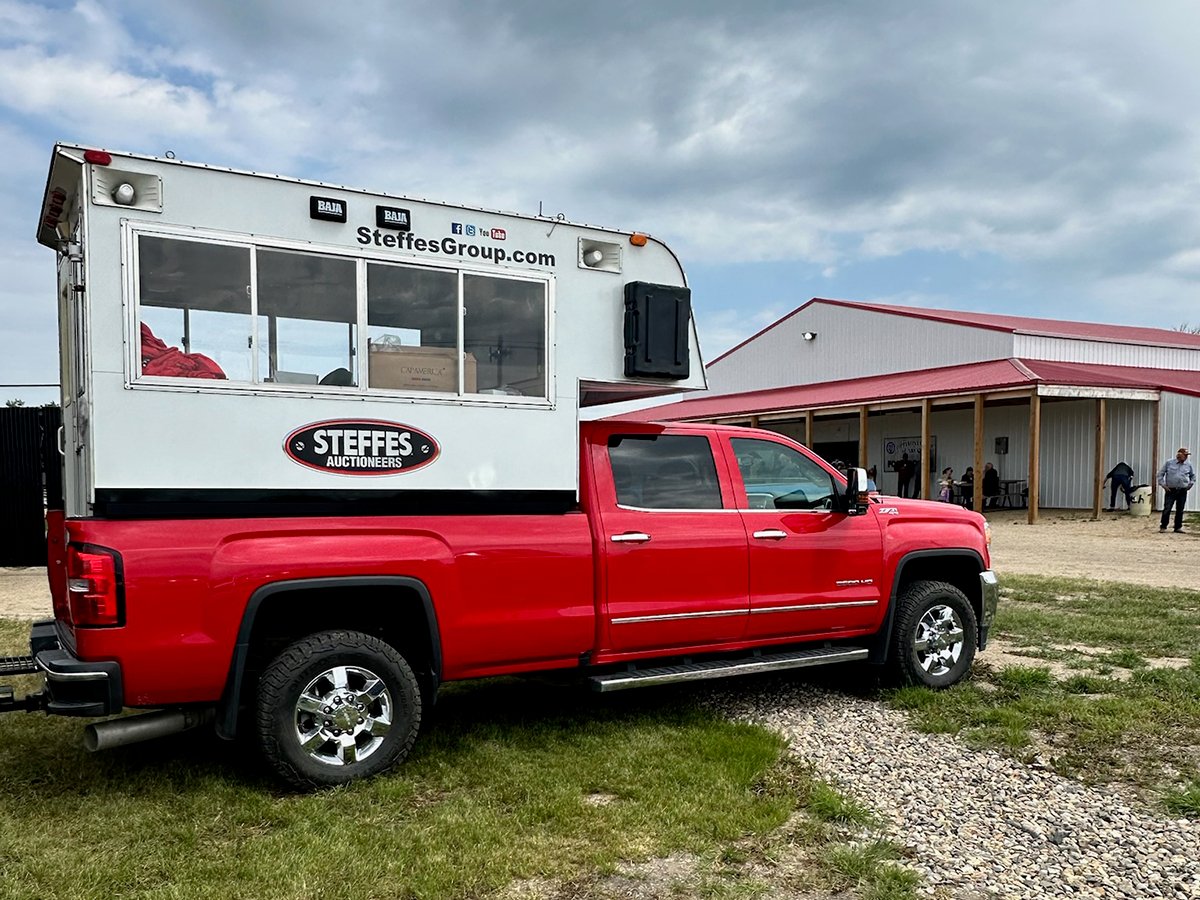The COVID-19 pandemic might be over but the service disruptions to Alberta’s rural hospitals it caused continue, stretching into weeks, months and even years for some facilities.
In a 10-day period between two media availabilities by Alberta Health Minister Jason Copping in late March to early April, 13 rural hospitals were scheduled to have their reduced services listings lifted. Those service reductions included closure of emergency rooms or acute beds and surgeries.
Only three met the reopening deadline.
For the Big Country Hospital in Oyen, which saw its emergency room closed overnight in January along with 10 acute care beds, leaving the nearest available ER more than 100 kilometres away, the deadline was missed by only a few days.
Read Also

Farm auctions evolve with the times
Times have changed. The number of live, on-farm auctions is seeing a drastic decline in recent years. Today’s younger farmers may actually never experience going to one.
In Hardisty, which saw a full closure of its ER in April 2020, the missed deadlines for expected openings have gone on for years. In the three months leading up to the closure of that town’s ER, 435 visits were recorded.
Roughly 30 rural hospitals from High Level to Milk River have faced temporary closures since Alberta Health Services (AHS) started its listing in 2021 of facilities with shortages of obstetrics and surgical staff, doctors and nurses.
“The big issue is staff,” Copping said March 29 in Wainwright, a town that has seen temporary closures of some of its acute care beds for 18 months and, most recently, a reduction in surgeries and obstetric services.
“There is not enough staff to maintain the services.”
Copping said the shortage of health-care staff is nationwide.
“We need different models and different approaches to get the staff that we need,” he said.
Copping highlighted arrangements between AHS, post-secondary institutes and local communities in which online learning courses can be combined with practical experience for rural health-care students to enable them to train in their own communities.
“It’s just one example of the efforts that we are moving forward with. Others include significant investments in funding seats across the entire province for nurses, paramedics, the doctors’ programs.”
Initiatives such as increasing the number of medical doctor spots at universities and developing a system in which they can learn for two years at university and then giving them a chance to train at a rural hospital will help the situation, he said.
“(It’s) based on the premise if you recruit local, train local and then hire local, people are more likely to stay local,” said Copping.
Such moves are expected to take years to bear fruit. Copping could not provide a timeline for when the chronic issues facing rural health facilities will be addressed.
Copping also couldn’t say when Hardisty, and the surrounding Flagstaff County, which have a combined population of roughly 4,000 people, will see its ER reopen.
NDP health critic David Shepherd called the repeated delays in reopening rural health facilities concerning.
“Particularly when we have a premier and health minister that claim the crisis in health care is over. That is absolutely not true as long as rural communities cannot count on their local emergency rooms to reopen. Women in rural communities are still not able to give birth in their local communities due to an ongoing shortage of physicians and nurses,” said Shepherd.
With an election campaign set to start in early May, Shepherd said the NDP will focus its health platform on enhancing primary care by recruiting rural family doctors to ensure preventive care is available.
Shepherd said he supports the additional spaces for medical students at universities and remote training opportunities but added such educational opportunities need to also be affordable.
“Under the UCP government, we’ve seen tuitions skyrocket in a number of health-care professions. That, in itself, then creates a deterrent where we know people simply cannot afford an education,” he said.
Shepherd criticized the government for not keeping pace with per capita health-care spending, which he said amounts to a $1.4 billion cut to the system.
He said there are efficiencies that can be found to save money, but it can’t be on the backs of frontline professionals.
Referencing the government’s unilateral ripping up of the funding agreement with doctors at the beginning of the pandemic in 2020, Shepherd said that’s what the UCP tried to do.
“Their entire war with doctors was about trying to save a few dollars by causing an enormous fight and I guarantee you, those steps have cost us millions and millions of dollars more,” he said.
Asked during a media availability on April 6 in Brooks, Alta., whether the timeline for dealing with rural hospital service disruptions will be months or years, Copping was non-committal, stating the staffing issues remain an impediment.
“We can’t give guarantees for timing but as soon as we get the resources in place, we’ll make announcements,” he said.
Premier Danielle Smith, who was also in attendance, added the province is building its primary care network, including family doctor recruitment and spending $2 billion to address the issue. But getting health-care staff continues to be an issue, she said.
















